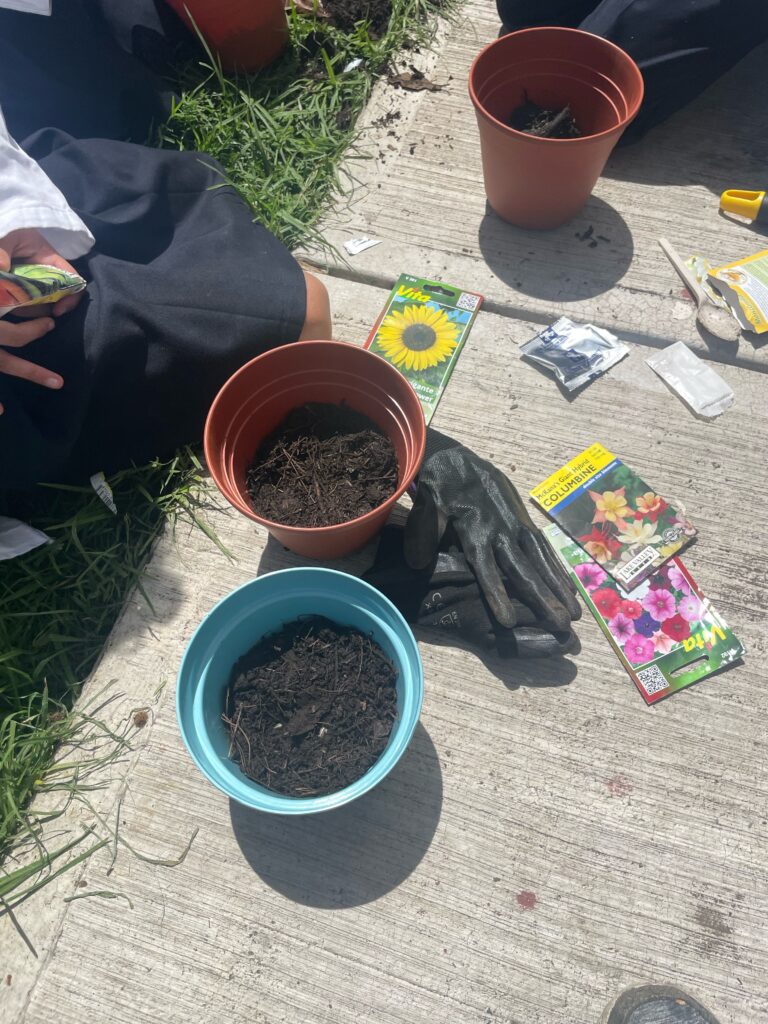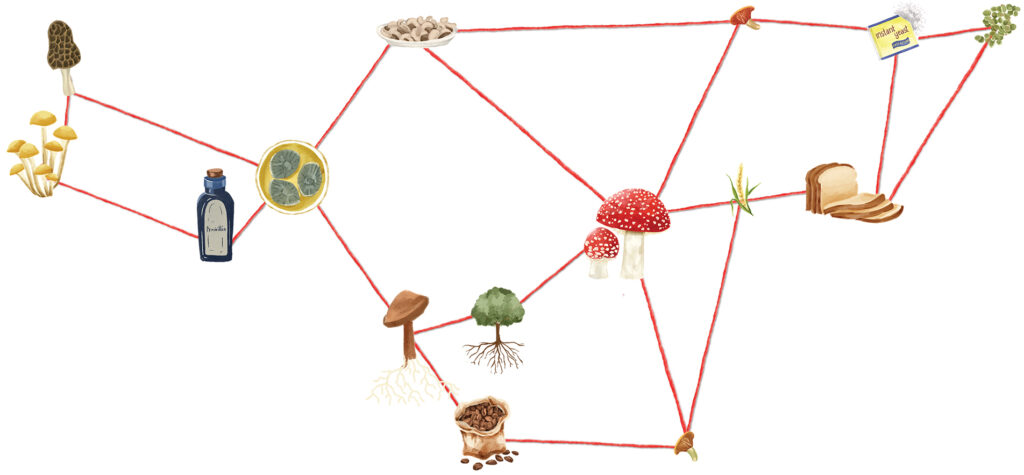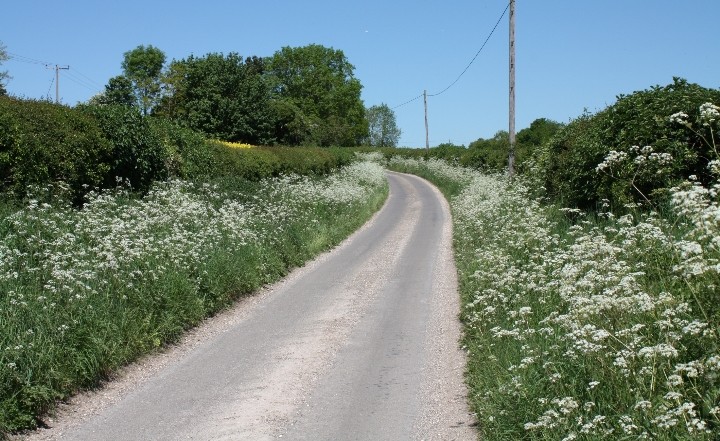The establishment of the Laponia World Heritage site has been realised after many years of struggle. But does this ensure long-term indigenous management by the Sami?
Politicians and practitioners are increasingly recognising the traditional knowledge of indigenous peoples, not least in relation to environmental conservation and sustainable development. However, the focus is often on traditional ecological knowledge, and the possible ways indigenous environmental practices can be beneficial for the protection and sustainable use of biological diversity. Other aspects of traditional indigenous knowledge—organisational, social, or spiritual—are less commonly incorporated in natural resource management. The newly implemented management arrangement for the Laponia World Heritage site in Northern Sweden represents a unique focus on indigenous organisational knowledge, as it explicitly engages with Sami organisational practices and uses Sami concepts as guidelines for decision-making and knowledge sharing. The Sami have secured significant influence and control over the management of the site, and label it a victory for Sami political struggle. However, reaching an agreement on the management of Laponia has not been easy. The new management model is the result of a long process, involving actors from local to international levels whose differences, at times, have seemed almost irreconcilable.
The Laponian Area was inscribed on the World Heritage List in 1996, on the basis of both natural and cultural criteria.(1) The site covers 9,400 square kilometers and includes four national parks, two nature reserves, and two internationally important wetlands. The continuous occupation and living cultural practices of the Sami—an indigenous people whose traditional lands (Sápmi) cover northern Norway, Sweden, Finland and the Russian Kola Peninsula—were crucial factors for the listing of Laponia as a World Heritage Site. Laponia represents one of the last and best preserved examples of an area of transhumance, having been used for grazing by large reindeer herds since early stages of human development. Reindeer husbandry has historically been a central part of Sami subsistence (along with fishing, hunting, and other activities) and constitutes an important part of Sami cultural heritage. It still takes place throughout the whole Laponian Area. Based on the importance of Sami culture for the inscription of Laponia, the Sami communities made it clear from the start that they would not accept a management organisation without strong Sami influence and control.
It took 15 years to reach an agreement on the management of Laponia. The process was drawnout and lined with conflicts. The involved parties included the Swedish state, represented by the County Administrative Board (CAB) of Norrbotten and the Swedish Environmental Protection Agency (SEPA), the two municipalities within whose territories Laponia is situated and the nine reindeer herding communities (RHCs)(2) whose lands are included in the site. Negotiations broke down in 2001, when the Sami representatives left in protest as they felt their claims and needs were not being heard or respected, and did not resume until 2005. In 2006, the Swedish Government commissioned the CAB to assemble a committee, with representatives from all parties, to develop a new management organisation with a strong Sami influence. After three years of negotiations, the committee presented a joint proposal for a new organisational structure for the management of Laponia—a non-profit organisation, Laponiatjuottjudus3, consisting of representatives from the RHCs, the CAB, the SEPA, and the two municipalities, with RHC representatives forming the majority of the board of directors. In 2011, the Government issued a decree allowing the CAB to transfer management of the Laponian Area to Laponiatjuottjudus, and in 2012, the CAB made their formal decision to transfer management of Laponia to the new organisation for a trial period of two years.
One of the reasons for the conflicts and collapsed negotiations of the Laponia process was that the core issue was always bigger than just the management of the World Heritage site. Laponia became a symbol for pan-Sami mobilisation, and the negotiations echoed unresolved issues regarding Sami rights to self-determination and management of their traditional lands. The Sami argued that their traditional knowledge and historical management of the area, and their position as an indigenous people with rights determined in international law, validated their claims to control the Laponian area. Both the CAB and the municipalities supported a new, locally-based organisation, but not a Sami majority within it—and the Sami were not willing to discuss any plans for management before issues of representation and distribution of powers had been settled. The Sami constitute a small minority of the Swedish population, historically subjected to racism, discrimination, land appropriation, cultural assimilation and forced relocation. Unequal power relations continue to influence Swedish Sami policy today, and the Sami people continue to struggle for recognition of their land rights and managerial influence of their territories. The Sami have some land rights connected to reindeer husbandry, but have to compete with other land use interests – often considerably stronger in terms of resources, influence and power. Furthermore, Sweden has a tradition of centralised environmental management schemes and low levels of local influence and control, with little consideration for traditional and local knowledge. There has been a change towards more co-management initiatives, and efforts to further the consideration of local and traditional knowledge, but results vary in terms of actual local control.
The transfer of management tasks to Laponiatjuottjudus is a unique initiative in this context, and the Sami community puts forward the result of the Laponia process as a success for Sami political struggles. As mentioned earlier, the RHCs form a majority of the board of directors.
The statutes for Laponiatjuottjudus and the management plan for Laponia acknowledge Sami traditional knowledge—árbediehtu—as crucial for the conservation and sustainable development of the Laponian Area, and promote local and traditional knowledge and practices as an important part of the site’s cultural heritage values. The management plan also incorporates Sami organ- isational knowledge and practices as the basis for the management of Laponia. Key principles include searvelatnja—a common space for participation, discussions and knowledge-sharing, and rádebibme—consultation forums. Decisions are to be made with consensus; management is seen as a process that involves learning, participation and maintaining relations between people and groups; and Sami rights and Sami self-determination are attended to at length throughout the management plan. Both the process leading up to the current arrangement and the arrangement as such are then rather extraordinary within the Swedish framework in terms of both Sami influence and attention to traditional knowledge, and as a co-management initiative.
The task of managing Laponia was officially transferred to Laponiatjuottjudus on January 1, 2013. How this arrangement will play out remains to be seen. Hopes are high from all involved parties – and so are the stakes. The World Heritage listing is a construction without deep roots in Sami views of the area, but many have welcomed it as a firm confirmation of the value of Sami cultural heritage and Sami cultural landscapes. The World Heritage status is also perceived as a possible means to gain influence and control over traditional territories and the management of natural resources in Sápmi, as well as to secure respect for and incorporation of Sami traditional knowledge in environmental management. But will this have implications for the wider Sami struggle for increased rights and political influence? The case of Laponia might be too extraordinary—as Sweden’s only heritage site inscribed as a mixed property, and one of only four sites worldwide representing the living cultural heritage of an indigenous people —for its management structure to inspire future changes in the management of natural resources on Sami lands.
Arising questions also include the extent of the actual transfer of management powers, the level of trust between parties, and the practical implementation of a new set of management principles in Swedish environmental management.
According to the government decree of 2011, the CAB can transfer management tasks, but not the exercise of public authority, to Laponiatjuottjudus. The management plan states that all exercise of public authority in issues related to Laponia is to be done in cooperation or consultation with Laponiatjuottjudus, but the state authorities still hold a greater deal of executive power than the RHCs. Low levels of trust proved a major obstacle in the early years of the process, causing negotiations to break down.During the latter part of the process, the parties seem to have been able to enhance trust and build confidence, and eventually reach an agreement, but conflicts go back a long way and the mutual trust might be a fragile construction. This unique arrangement is still unproven, and as mentioned earlier, Sweden has not had a great record of accomplishment of respecting Sami rights, implementing co-management initiatives, or incorporating traditional knowledge in environmental management. Altogether, this makes the next couple of years extremely interesting from several perspectives—with regards to issues of Sami rights, traditional knowledge, and natural resource management—both nationally and internationally.
Endnote:
- https://whc.unesco.org/en/list/774 for the full justification for inscription
- An RHC (Swe. Sameby, lit. ”Sami village”) is an economic association for reindeer herders, and also refers to the geographical area in which the community is entitled to pursue reindeer husbandry. Reindeer husbandry is the exclusive right of the Sami in Sweden, and membership in an RHC is a prerequisite in order to exercise that right.
- Tjuottjudus is a term for management or administration in Lule Sami language.
Suggested reading:
Green C. 2009. Managing Laponia. Uppsala: Uppsala University, Sweden.
Hovik S, C Sandström & A Zachrisson. 2010. Management of protected areas in Norway and Sweden. Journal of Environmental Policy & Planning 12(2): 159-177.
Nilsson Dahlström A. 2003. Negotiating wilderness in a cultural landscape. Uppsala: Uppsala University, Sweden.
Rådelius C. 2002. Självstyre eller samförvaltning? Luleå University of Technology, Luleå, Sweden.
Zachrisson A. 2009. Commons protected for or from the people: Co-management in the Swedish mountain region? Umeå: Umeå University Sweden.





